Home>Garden Essentials>Garden Storage>Living Wall Ideas: Creative Ways To Plant A Green Wall Garden
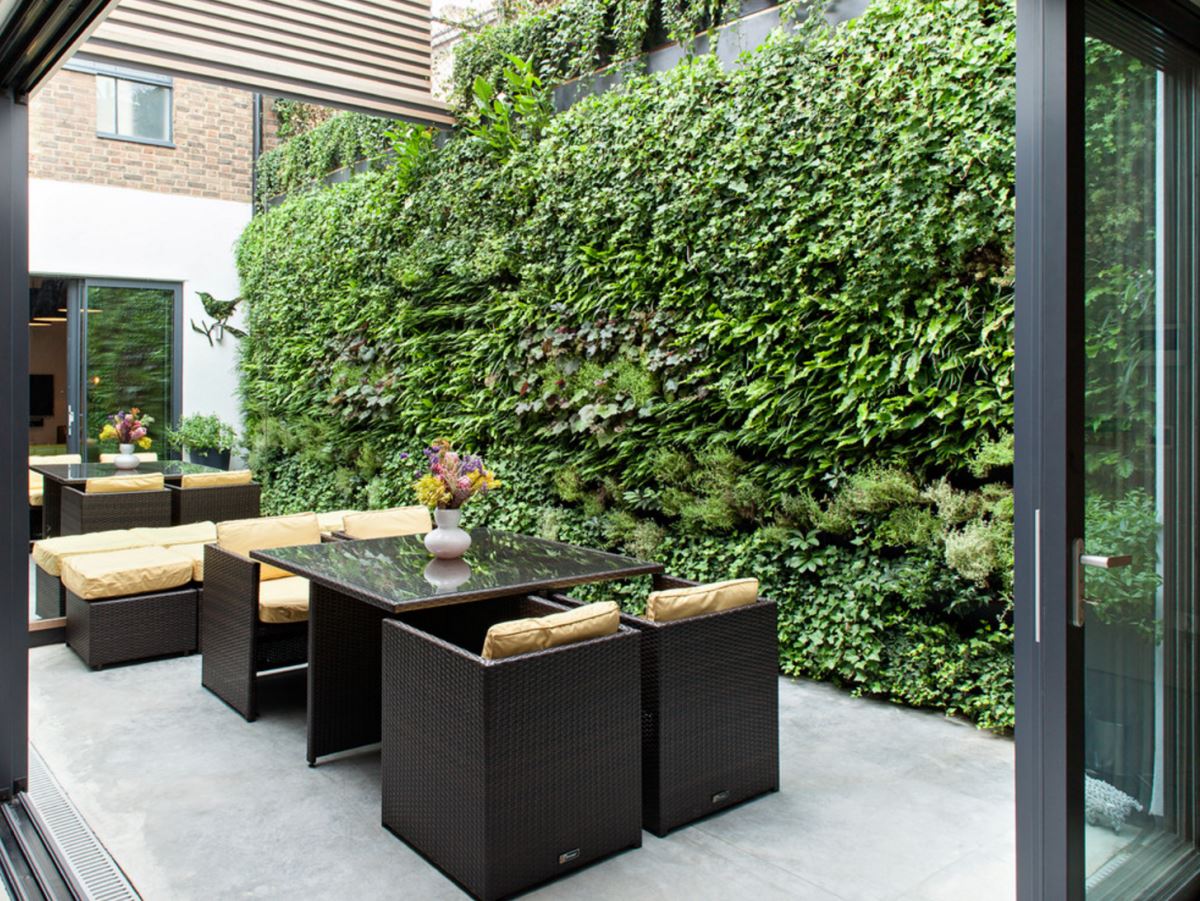

Garden Storage
Living Wall Ideas: Creative Ways To Plant A Green Wall Garden
Modified: January 19, 2024
Looking for creative storage ideas? Check out these living wall ideas to transform your space into a green wall garden while maximizing storage potential.
(Many of the links in this article redirect to a specific reviewed product. Your purchase of these products through affiliate links helps to generate commission for Storables.com, at no extra cost. Learn more)
Introduction
A living wall, also known as a green wall or vertical garden, is a creative way to bring nature into your space while maximizing limited square footage. It is a vertical arrangement of plants that not only adds beauty but also provides numerous benefits, such as improving air quality, reducing noise pollution, and promoting a sense of tranquility.
Creating a living wall may seem like a daunting task, but with some ingenuity and a little planning, you can transform any wall or vertical surface into a lush oasis. In this article, we will explore ten inspiring ideas for designing and planting a stunning green wall garden.
Whether you have a small balcony, a compact backyard, or an urban apartment, there is a living wall idea that suits your space and personal style. From herb gardens to succulent walls, let’s discover the possibilities that await.
Key Takeaways:
- Transform any vertical space into a lush oasis with living wall ideas like vertical herb gardens, succulent walls, and hydroponic green walls. Embrace creativity and bring nature into your space while maximizing limited square footage.
- From low-maintenance options like air plants to stunning flowering vine walls, there’s a living wall idea for every space and style. Enjoy the benefits of improved air quality, reduced noise pollution, and the joy of harvesting fresh herbs and produce from your own vertical garden.
Vertical herb garden
A vertical herb garden is not only practical but also adds a touch of freshness and fragrance to your home. Imagine having your own supply of fresh herbs right at your fingertips, ready to be plucked and used in your culinary creations.
To create a vertical herb garden, you can start by installing wall-mounted planters or hanging pots. Choose a sunny spot that receives at least six hours of sunlight each day. Herbs like basil, mint, rosemary, and thyme thrive in these conditions.
Divide the wall into sections, with each herb having its designated space. Label the sections for easy identification. This not only adds organization but also creates an aesthetic appeal. Experiment with different plant arrangement designs, such as a symmetrical grid or a random pattern, to add visual interest to your vertical herb garden.
Caring for your vertical herb garden is relatively simple. Ensure proper drainage for the planters by adding small pebbles or rocks at the bottom. Water your herbs regularly, keeping the soil moist but not oversaturated. Prune and harvest the herbs frequently to encourage bushier growth and continuous herb production.
Having a vertical herb garden not only saves space but also allows you to enjoy the convenience of having fresh herbs whenever you need them. Your culinary masterpieces will be elevated by the vibrant flavors and aromas of your homegrown ingredients. Plus, the green wall of herbs adds a natural and organic touch to your kitchen or patio.
Hanging planters
Hanging planters are a versatile and charming way to create a living wall. They can be hung from ceilings, beams, or even mounted on walls. With hanging planters, you can showcase a variety of plant species, adding depth and visual interest to your space.
Start by selecting a mix of trailing plants, such as pothos, ivy, or string of pearls, to create a cascading effect. These plants have long, trailing stems that beautifully drape down from the hanging planter. Combine them with more upright or bushy plants, like ferns or spider plants, for a balanced and diverse composition.
When choosing hanging planters, consider the material and design that best complements your interior or exterior aesthetic. Options range from macrame plant hangers to modern geometric-shaped planters. You can even repurpose materials like recycled bottles or vintage teacups as unique hanging vessels.
Make sure to provide adequate light for your hanging planters. Most trailing plants thrive in bright, indirect light. Consider placing them near a window or under a skylight. Avoid placing them in areas with direct sunlight, as this can scorch the leaves.
Watering hanging planters is crucial to ensure the health and vitality of your plants. Check the moisture level of the soil by inserting your finger about an inch into the soil. If it feels dry, it’s time to water. However, be careful not to overwater, as excessive moisture can lead to root rot.
Hanging planters not only add greenery but also create a whimsical and eye-catching display. They can be used in any indoor or outdoor space, from living rooms to patios and balconies. The hanging plants bring life to otherwise unused vertical spaces and can transform any area into a lush and vibrant sanctuary.
Succulent wall
A succulent wall is a trendy and low-maintenance option for creating a stunning living wall. Succulents are known for their unique and captivating forms, as well as their ability to thrive in dry conditions.
To build a succulent wall, start by selecting a sturdy frame or structure. This can be a wooden wall planter, a metal grid, or even a repurposed pallet. Ensure that it is properly secured to the wall or mounted on a stable structure.
Next, prepare the soil mix for your succulents. They prefer well-draining soil, so mix regular potting soil with perlite or coarse sand to improve drainage. Fill the pockets or compartments in your succulent wall structure with the soil mix, leaving enough space for the roots of the plants.
Choose a variety of succulent species with different colors, textures, and shapes to create an eye-catching display. Consider options like echeveria, sedum, crassula, or haworthia. Arrange the succulents in a way that complements their growth habits and creates an aesthetically pleasing arrangement.
When it comes to caring for a succulent wall, the key is moderation. Water the succulents sparingly, allowing the soil to dry out completely between watering sessions. Overwatering can lead to root rot and the death of your succulents. Additionally, ensure that your succulent wall receives enough bright, indirect sunlight to keep the plants healthy and vibrant.
A succulent wall not only adds a touch of modernity and elegance to your space but also requires minimal care and maintenance. It is perfect for those who have a busy lifestyle or limited gardening experience. With its unique textures and colors, a succulent wall becomes a living work of art that will surely impress all who see it.
Pallet garden wall
A pallet garden wall combines the rustic charm of reclaimed wood with the beauty of a living wall. By repurposing old wooden pallets, you can create a sustainable and stylish vertical garden.
To start, find a pallet that is in good condition. Ensure that it is clean and free from any chemicals or residues that could be harmful to your plants. If needed, sand down the rough edges to make it safe to handle.
Stand the pallet upright with the back facing you. Place a landscape fabric or sturdy plastic sheet on the back of the pallet to prevent soil from falling through. Secure the fabric or plastic sheet to the pallet using staples or a staple gun.
Next, fill the pallet with a mixture of quality potting soil and compost. Make sure to distribute the soil evenly and level it out in each compartment.
Now it’s time to plant! Choose a variety of plants that suit your lighting conditions and preferences. You can opt for herbs, flowers, or even small vegetables. Consider using a mix of trailing plants, such as petunias or verbena, along with upright plants like marigolds or pansies for a lush and layered effect.
Care for your pallet garden wall by watering it regularly. Since pallets have limited soil capacity, it’s important to monitor the moisture level frequently. Water thoroughly, allowing excess water to drain out, but avoid overwatering, as it can lead to root rot.
A pallet garden wall is an excellent option for small spaces, balconies, or urban gardens. It adds a touch of greenery and character to any area, while also serving as a practical solution for growing your own plants. Get creative with the arrangement and plant selection, and let your pallet garden wall become a conversation piece in your outdoor oasis.
Trellis plant wall
A trellis plant wall is a beautiful way to incorporate climbing plants and vines into your living space. It creates a stunning vertical green wall that adds both privacy and a touch of elegance to your outdoor area.
To create a trellis plant wall, start by selecting a trellis structure that suits your style and space. It can be made of wood, metal, or even bamboo. Ensure that the trellis is sturdy and securely anchored to the ground or wall.
Choose climbing plants or vines that are well-suited for your climate and the amount of sunlight your trellis receives. Popular choices include jasmine, clematis, morning glory, and bougainvillea. Consider the colors and fragrances you desire, as different varieties offer a range of blooms and scents.
Plant your chosen climbers at the base of the trellis, leaving enough space for each plant to grow and spread. Provide support for the plants to attach themselves to the trellis by gently tying them with garden twine or clips.
Water your trellis plants regularly, ensuring that the soil remains moist but not waterlogged. Monitor their growth and prune as necessary to maintain a tidy and well-managed wall of greenery.
A trellis plant wall not only adds aesthetic appeal but also offers practical benefits. It can create a natural barrier, providing privacy and shielding your outdoor space from prying eyes. Additionally, it acts as a natural shade provider, reducing the intensity of the sun’s rays during hot summer days.
Transform your outdoor space into a tranquil oasis by incorporating a trellis plant wall. Let the climbing plants and vines envelop the structure, creating an enchanting atmosphere that is sure to impress both you and your guests.
When designing a living wall, consider using a variety of plant sizes, textures, and colors to create visual interest and depth in your green wall garden. This will help to create a more dynamic and visually appealing display.
Moss wall art
Moss wall art is a unique and visually captivating way to incorporate a living wall into your home or office. It adds a touch of natural beauty and tranquility while requiring minimal maintenance.
To create a moss wall art piece, you will need a wooden or metal frame with a backing, such as a sturdy wire mesh or burlap. The frame can be customized to any size or shape, allowing you to create a personalized artwork.
Start by collecting different types of moss that are suitable for wall art, such as sheet moss or cushion moss. You can find these at local nurseries or even gather them from the wild, ensuring sustainable harvesting practices.
Attach the moss to the backing of the frame, securing it with either floral pins or non-toxic adhesive. Be creative with your arrangement, incorporating different colors and textures to create an engaging and visually appealing design.
To maintain the moss wall art, mist it with water every few days to keep the moss moist. Avoid overwatering, as excessive moisture can cause rot or mold. Place the moss wall art in an area with indirect or low light, as direct sunlight can cause the moss to dry out or become discolored.
Moss wall art adds a unique touch to any space, whether it’s a living room, office, or even a bathroom. It acts as a natural air purifier, improving the air quality by absorbing pollutants and releasing oxygen.
The soft and velvety appearance of the moss creates a sense of calm and serenity, making it a perfect addition to meditation rooms or areas where you seek relaxation. Embrace the beauty of nature indoors with a mesmerizing moss wall art piece that will add a touch of natural wonder to your space.
Living wall with air plants
A living wall with air plants is a unique and low-maintenance way to create a vertical garden. Air plants, also known as Tillandsia, are epiphytes that do not require soil to grow, making them perfect for vertical installations.
To create a living wall with air plants, start by selecting a suitable structure or frame. You can use a wire mesh, wooden frame, or even a vertical planter designed specifically for air plants. Ensure that the structure is secure and can hold the weight of the plants.
Attach your air plants to the structure using wire or fishing line. Be creative with the arrangement, positioning the plants in different directions and angles to create an interesting and visually appealing display. Consider mixing different species of air plants to add diversity to your living wall.
Air plants thrive in environments with bright, indirect light. Place your living wall in a spot that receives the optimal amount of light for your air plants to flourish. Avoid placing them in direct sunlight, as it can cause the plants to become dehydrated or burnt.
Maintaining air plants is relatively easy. They absorb moisture through their leaves, so regular misting is essential. Mist your air plants every few days, or submerge them in water for a few minutes once a week. Ensure that they dry completely after watering to prevent rot.
A living wall with air plants adds a touch of whimsy and uniqueness to any indoor or outdoor space. The architectural beauty of these plants, with their vibrant colors and intriguing shapes, creates an eye-catching focal point that sparks conversation.
Whether you hang it in your living room, office, or garden, a living wall with air plants brings life and vibrancy to your surroundings. Embrace the beauty of these easy-care plants and let your vertical garden become a stunning display of nature’s creativity.
Flowering vine wall
A flowering vine wall is a stunning and enchanting addition to any outdoor space. It brings a burst of color and fragrance, transforming a plain wall into a vibrant tapestry of blooming flowers.
To create a flowering vine wall, select a vine species that suits your climate and the available sunlight. Some popular choices include jasmine, honeysuckle, clematis, and morning glory. Consider the bloom time and color palette of the vines to ensure a captivating display throughout the seasons.
Choose a sturdy trellis or framework to support the vines. Make sure it is securely anchored to the wall or structure, as the vines can become heavy once they mature. It’s essential to provide the vines with the necessary support to climb and twine around the trellis.
Plant the vine at the base of the trellis, giving it enough space to spread and grow. Water the vines regularly to keep the soil moist, but be careful not to overwater as it can cause root rot. As the vine grows, guide it towards the trellis and train the vines to intertwine with the support structure.
Prune the vines as necessary to maintain a neat and well-contained appearance. Remove spent flowers to encourage continuous blooming and promote healthy growth. Monitor for any pests or diseases and address them promptly to ensure the vine’s vitality.
A flowering vine wall creates a whimsical and romantic atmosphere in your outdoor space. The lush green foliage and the delicate blooms cascade down the trellis, adding depth and visual interest. The fragrance of the flowers wafts through the air, creating an immersive sensory experience.
Whether you create a flowering vine wall on a patio, garden fence, or balcony, it is sure to become a focal point and a favorite spot for relaxation. Embrace the beauty and charm of blooming vines, and let nature’s artistry adorn your outdoor oasis.
Living wall with ferns
A living wall with ferns is a lush and verdant way to bring a touch of nature indoors. Ferns are known for their graceful fronds and their ability to thrive in low-light conditions, making them perfect for creating a green wall that adds beauty and tranquility to any space.
To create a living wall with ferns, start by selecting a suitable structure, such as a vertical planter or a wall-mounted frame with pockets for planting. Ensure that the structure allows for proper drainage to prevent waterlogging.
Choose a variety of fern species that are well-suited for indoor conditions, such as Boston ferns, maidenhair ferns, or bird’s nest ferns. These ferns prefer indirect or filtered light, making them ideal for spaces with limited natural light.
Plant the ferns in the pockets or compartments of the structure, ensuring that the roots are securely nestled in the growing medium. Create an arrangement that incorporates different fern varieties to add texture and visual interest to your living wall.
It is important to maintain the moisture levels for ferns, as they thrive in humid environments. Regularly mist the fronds with water to increase the humidity around the plants. Additionally, water the ferns thoroughly when the top inch of the soil feels dry, but avoid overwatering, as it can lead to root rot.
A living wall with ferns brings a sense of freshness and tranquility to any room. The gracefully arching fronds create a soothing and elegant ambiance, while also improving air quality by filtering pollutants and increasing humidity.
Whether you choose to install a living wall with ferns in your living room, office, or bathroom, it will become a captivating focal point that invites relaxation and reconnects you with the beauty of nature.
Green wall with hydroponics
A green wall with hydroponics combines the beauty of a living wall with the efficiency and sustainability of hydroponic gardening. It is a modern and innovative way to create a lush and thriving vertical garden without the need for soil.
Hydroponics is a method of growing plants without soil, using nutrient-rich water solutions. The plants are suspended in a vertical structure, and their roots are exposed to the nutrient solution, providing them with all the essential elements they need to grow.
To create a green wall with hydroponics, start by selecting a vertical planter designed specifically for hydroponic gardening. These planters typically have pockets or channels for holding the plants and allow for the circulation of the nutrient solution.
Choose a variety of plants suitable for hydroponics, such as leafy greens, herbs, or small vegetables. Some popular options include lettuce, spinach, basil, and cherry tomatoes. Consider the growth habits and requirements of the plants to ensure they will thrive in a vertical hydroponic system.
Set up a hydroponic system by connecting the planter to a water reservoir or a recirculating system. Mix the nutrient solution according to the manufacturer’s instructions and fill the reservoir. The solution should be well-oxygenated and circulated to ensure optimal plant growth.
Plant the seedlings or young plants in the vertical planter, ensuring their roots come into contact with the nutrient solution. Monitor the pH and nutrient levels of the solution regularly to maintain an ideal growing environment for the plants.
One of the significant benefits of a green wall with hydroponics is water efficiency. Hydroponic systems use significantly less water compared to traditional soil-based gardening, making them a sustainable choice for vertical gardens.
In addition to water efficiency, hydroponics allows for faster growth and higher yields. The plants have constant access to nutrients, resulting in healthier and more productive growth. This makes a green wall with hydroponics a practical solution for urban gardens or areas with limited space.
Embrace the innovation of hydroponics and create a green wall that not only adds beauty but also serves as a functional and sustainable garden. Enjoy the pleasure of harvesting fresh greens and herbs from your vertical garden, knowing that you are making a positive impact on the environment.
Conclusion
Creating a living wall is a wonderful way to bring nature into your space and maximize the use of vertical surfaces. Whether you have a small balcony, a compact backyard, or even an interior wall, there is a living wall idea that is perfect for your space and personal style.
In this article, we explored ten inspiring ideas for designing and planting a stunning green wall garden. From vertical herb gardens to flower-covered trellises, each idea offers its unique beauty and benefits. Whether you prefer low-maintenance options like air plants or want to dive into the world of hydroponic gardening, there is a living wall design that suits your preferences.
When creating your own living wall, make sure to consider the specific requirements of the plants you choose. Whether it’s sunlight, water, or specialized care, providing the right conditions is crucial for the success of your living wall garden.
Not only do living walls enhance the aesthetic appeal of your space, but they also offer numerous benefits. They improve air quality, reduce noise pollution, and create a sense of tranquility. They can also provide fresh herbs, vibrant flowers, or even produce from your own vertical edible garden.
Remember to maintain and care for your living wall regularly. Watering, pruning, and providing adequate sunlight are essential for the health and longevity of the plants. With proper care, your green wall will flourish, adding beauty and vitality to your surroundings.
Embrace your creativity and design a living wall that reflects your personal style. Whether you are a seasoned gardener or have never planted anything before, a living wall can become a captivating and rewarding project. Enjoy the process of designing, planting, and caring for your living wall, and watch as it transforms your space into a green oasis.
Frequently Asked Questions about Living Wall Ideas: Creative Ways To Plant A Green Wall Garden
Was this page helpful?
At Storables.com, we guarantee accurate and reliable information. Our content, validated by Expert Board Contributors, is crafted following stringent Editorial Policies. We're committed to providing you with well-researched, expert-backed insights for all your informational needs.
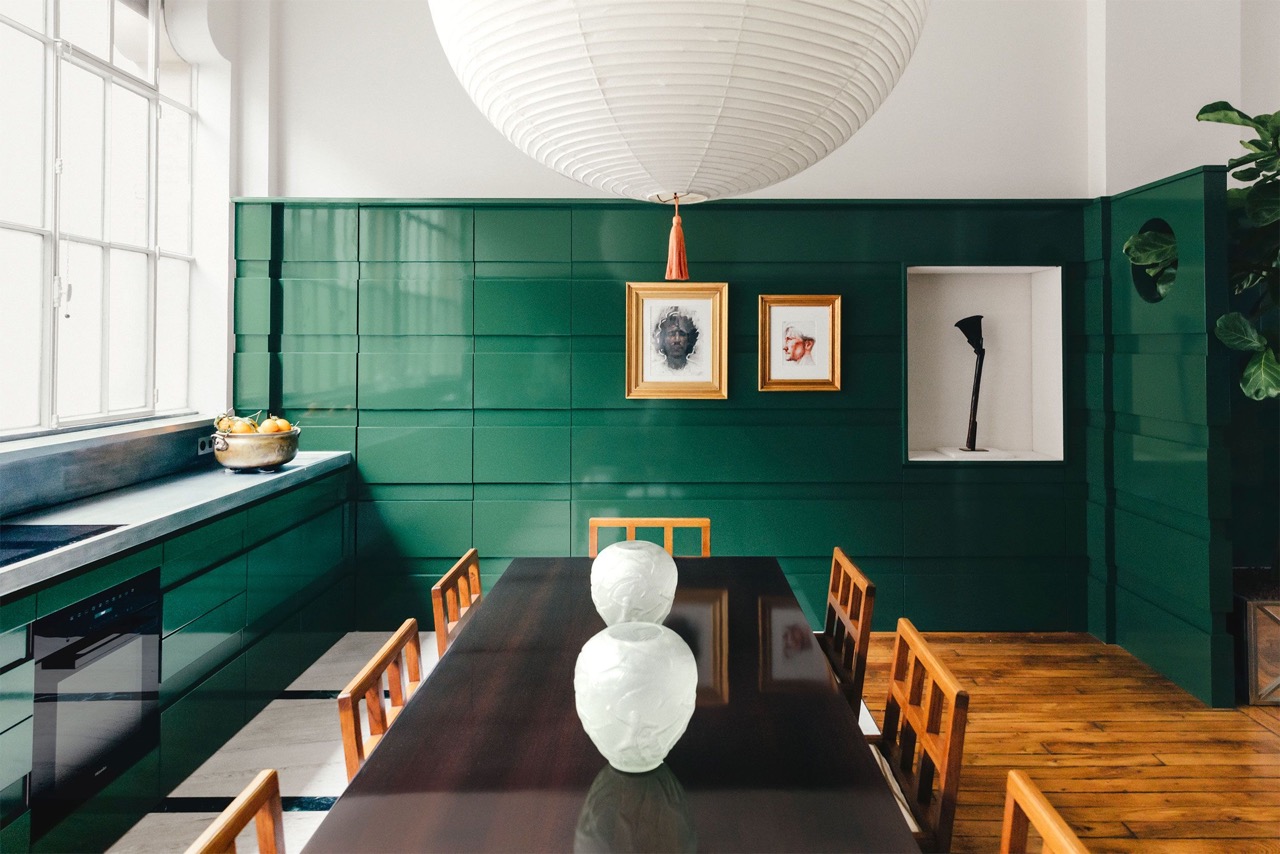
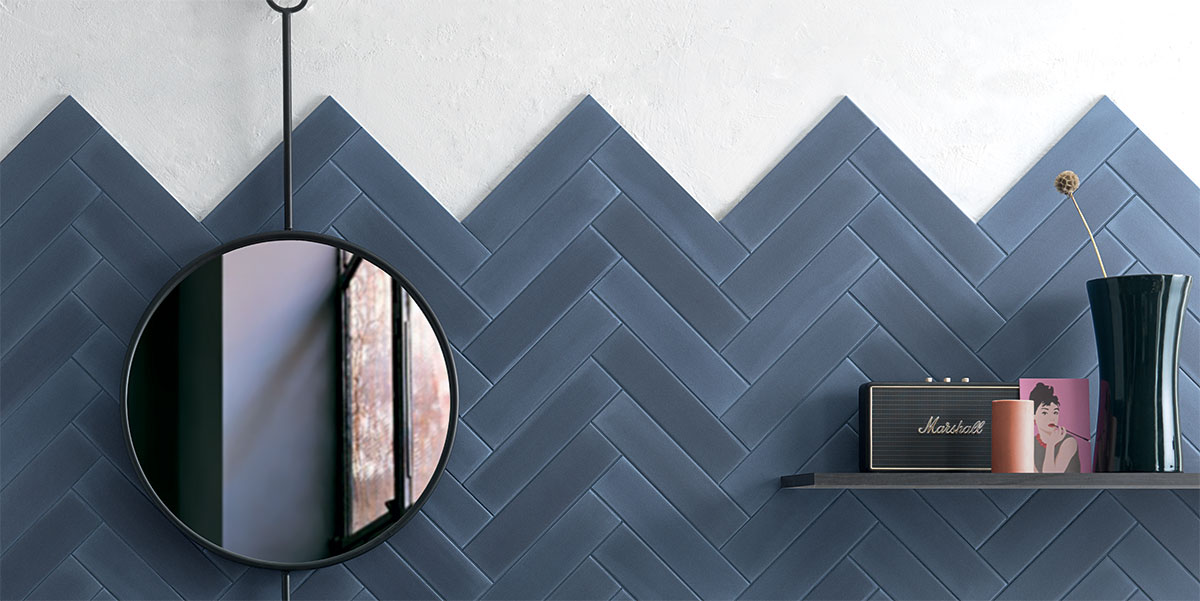

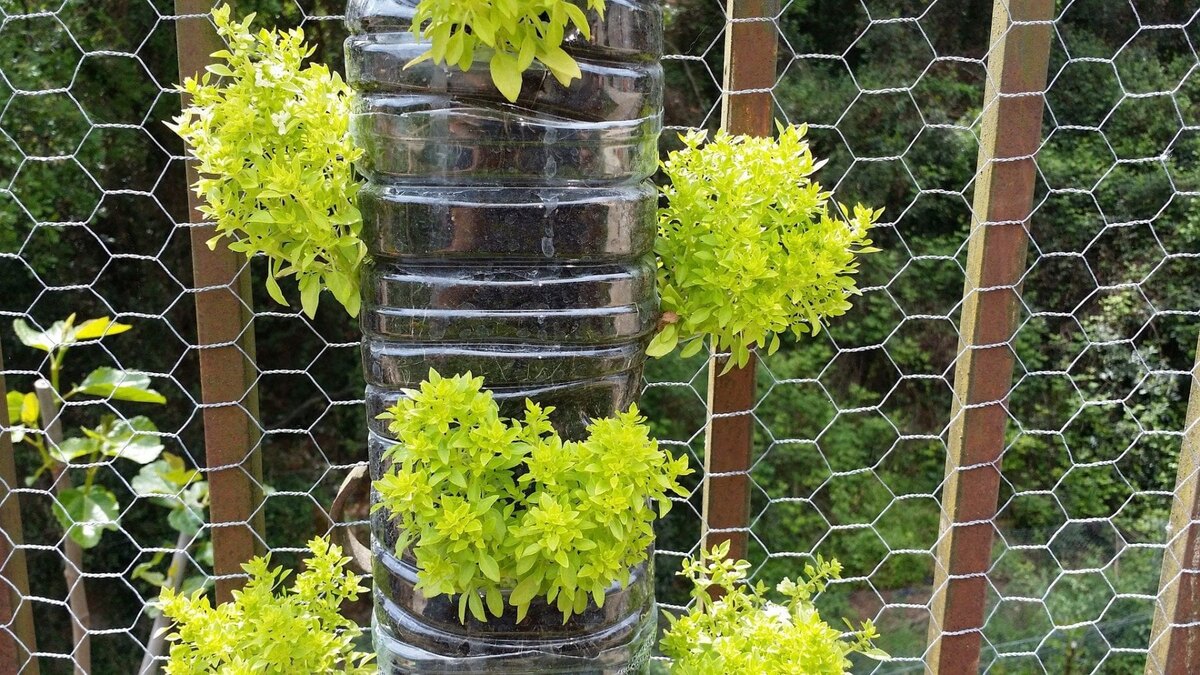
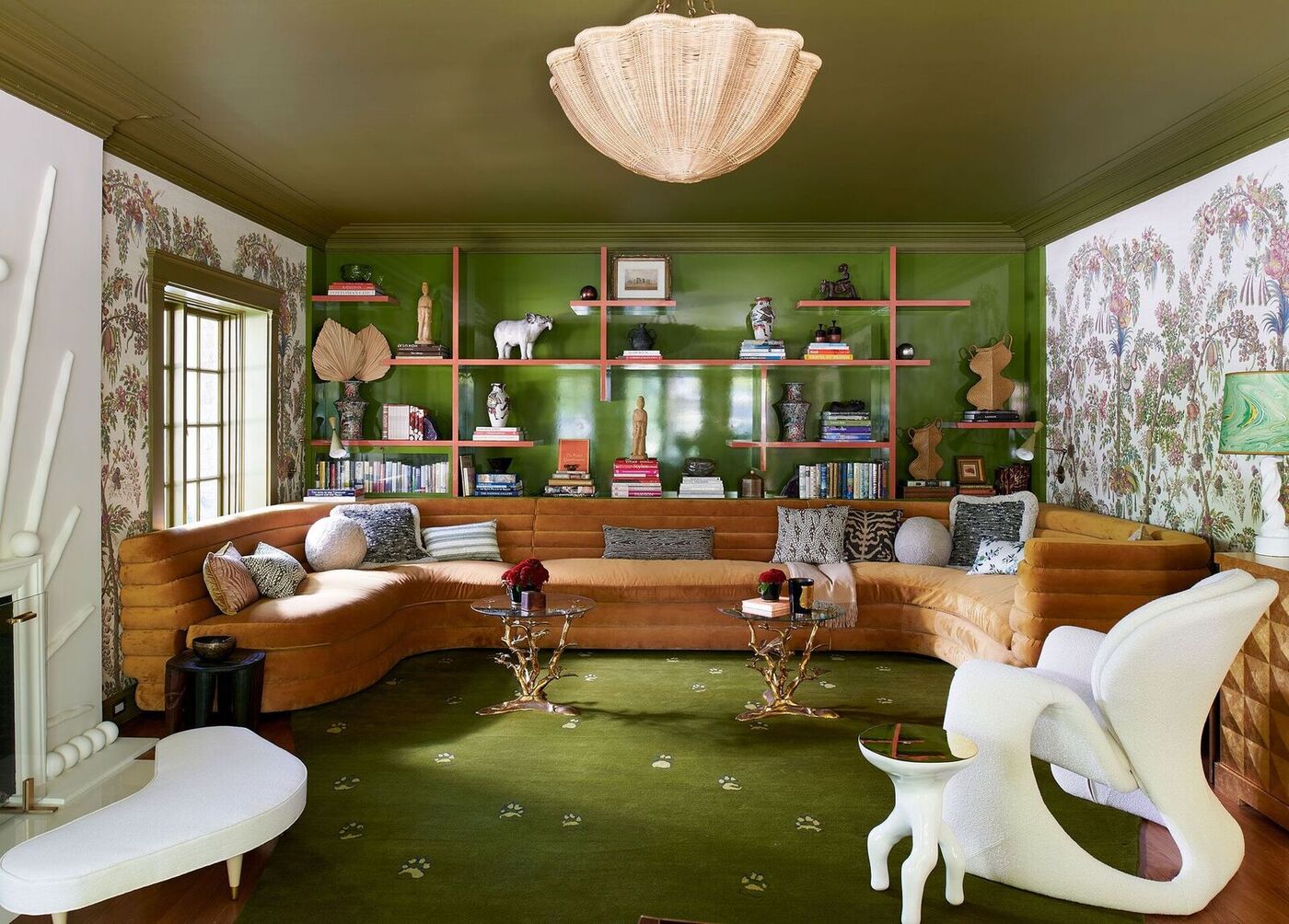
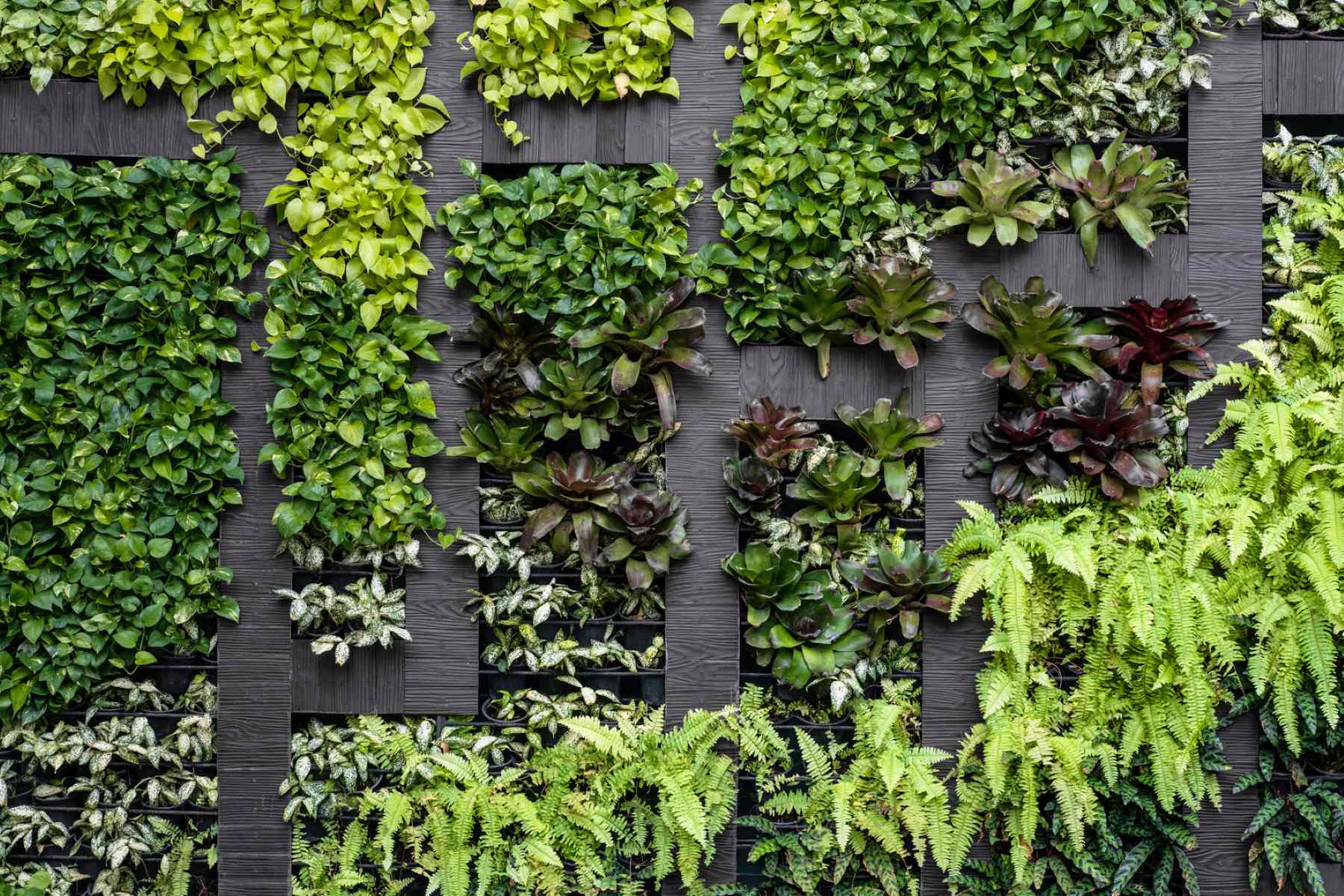
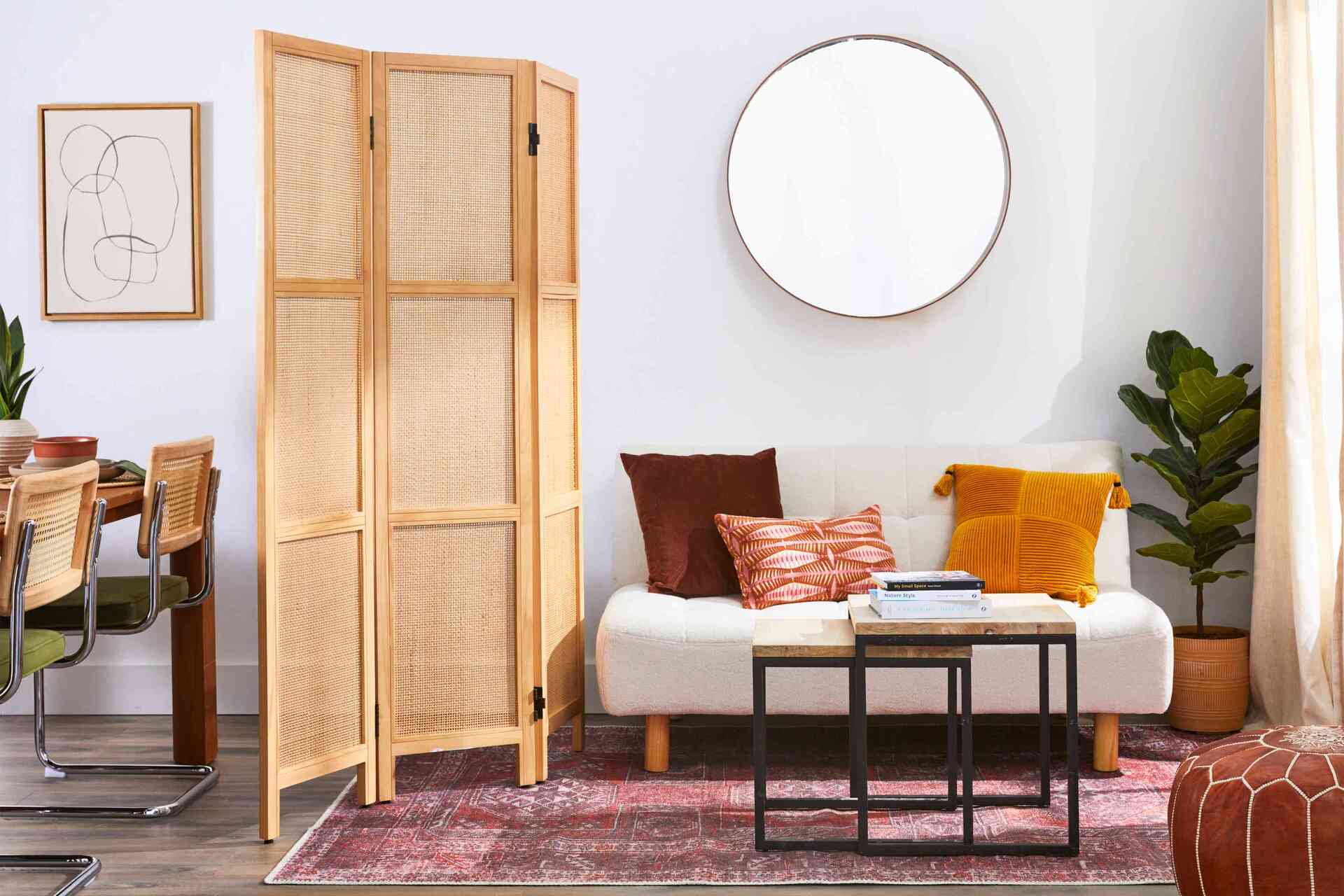
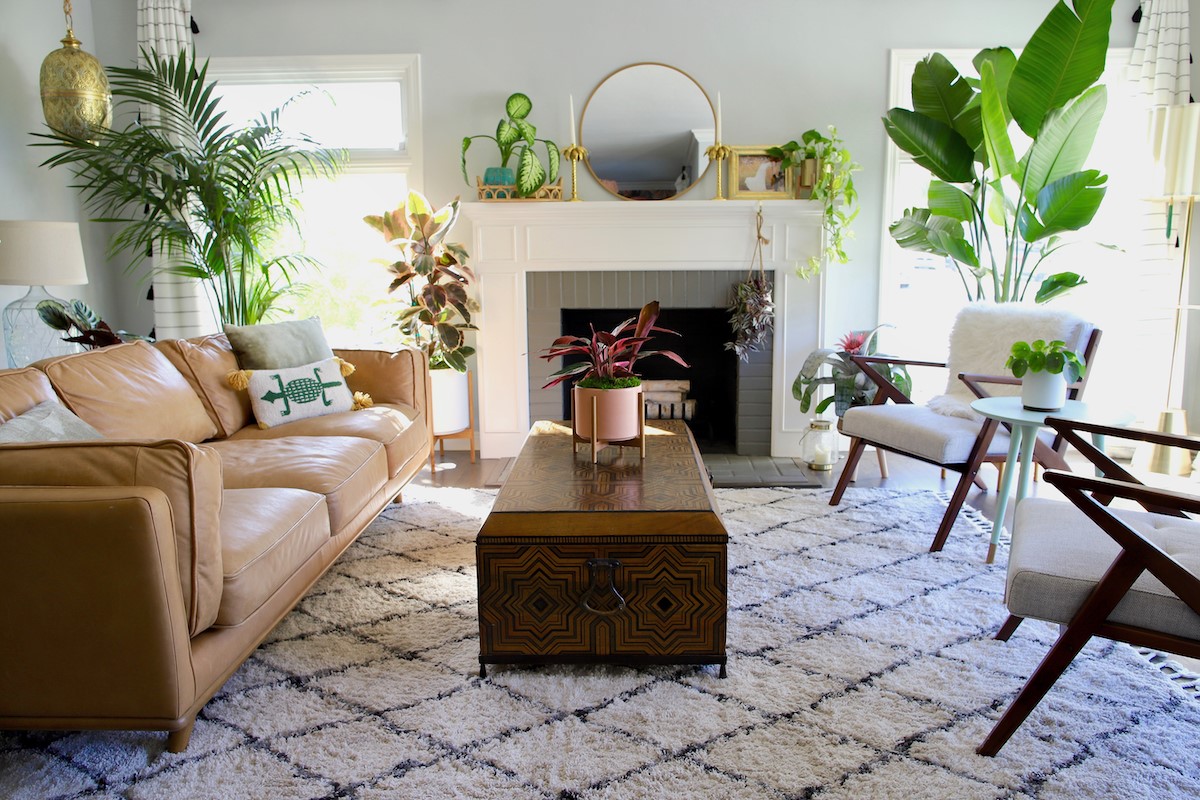
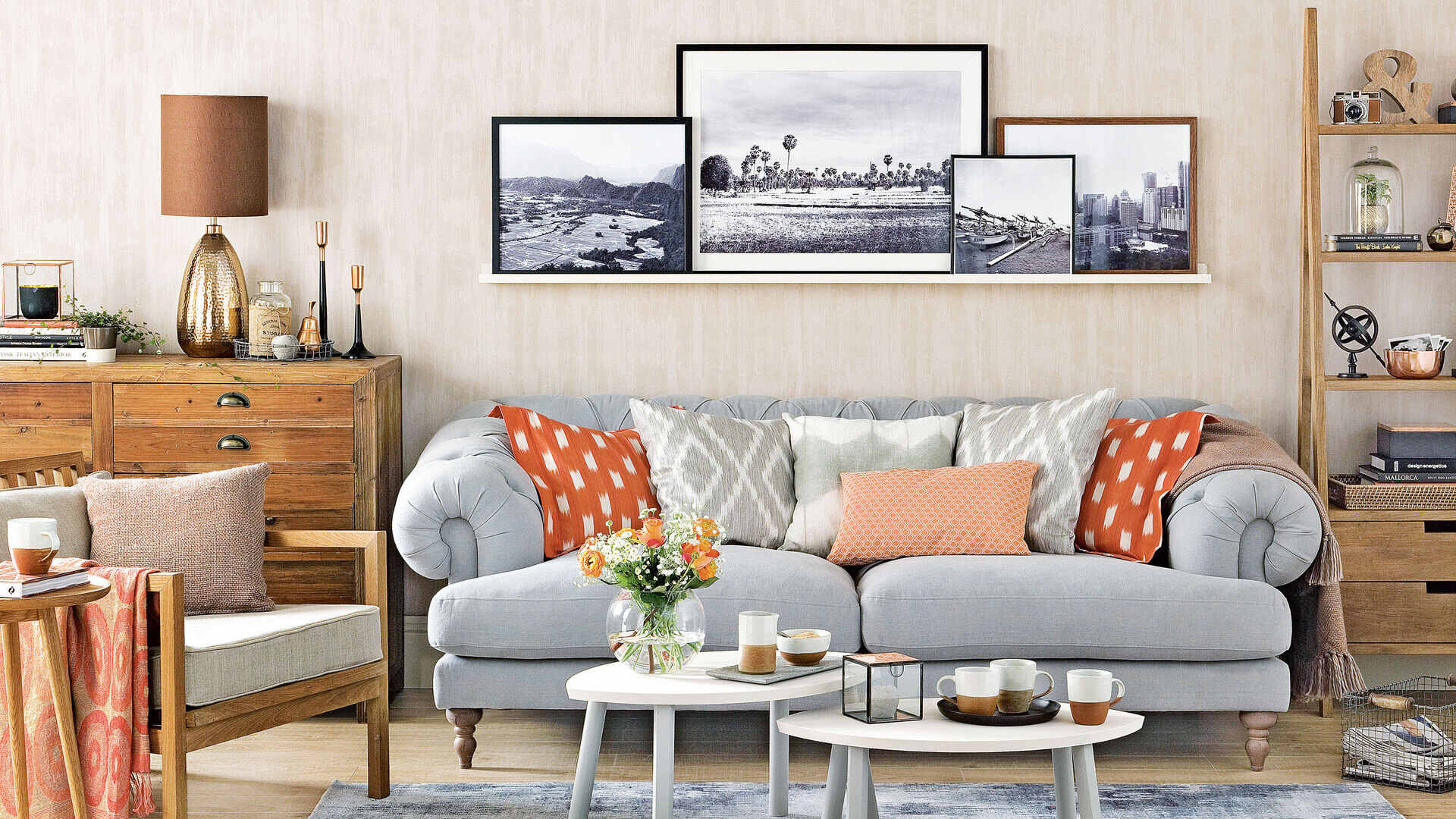
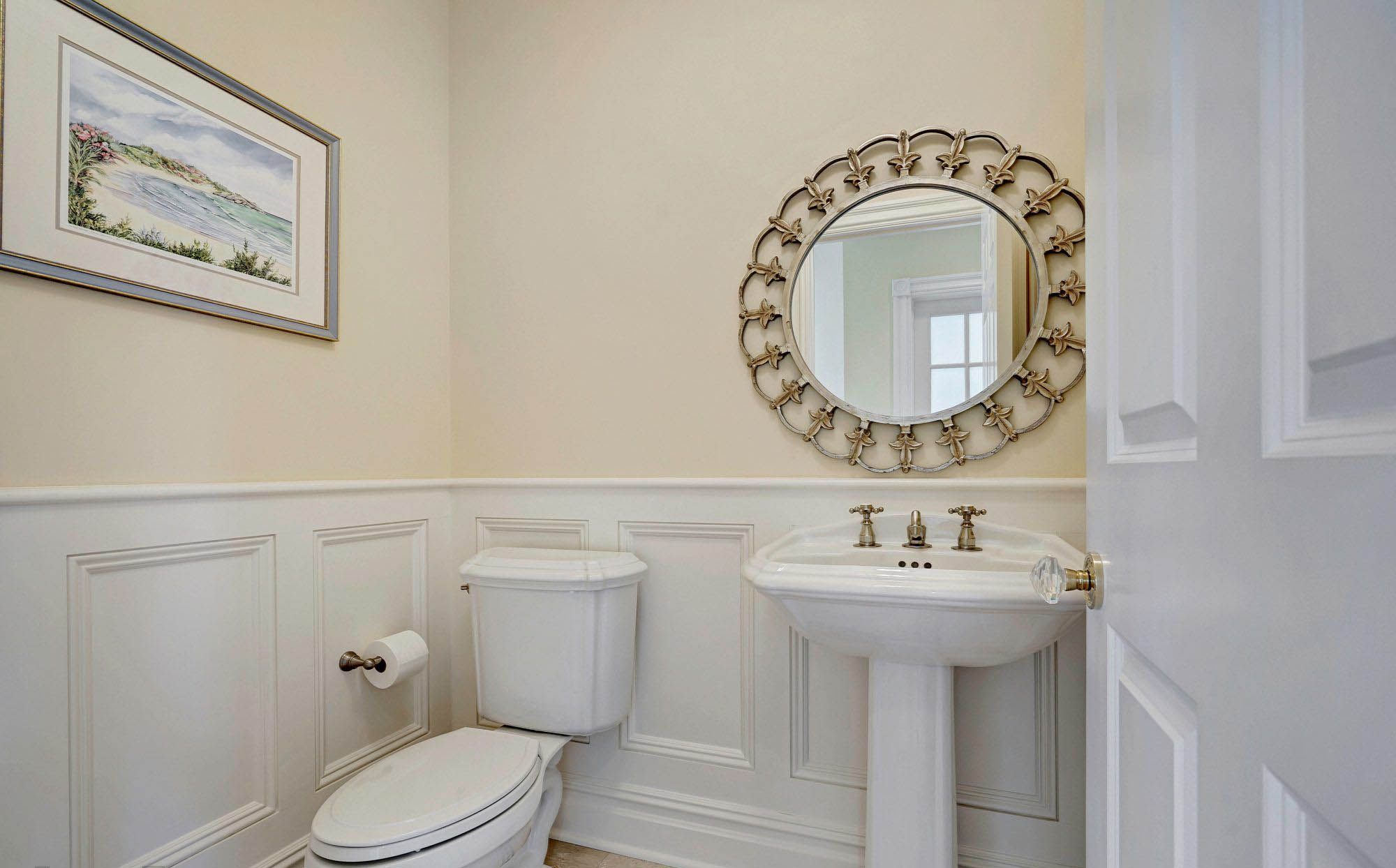
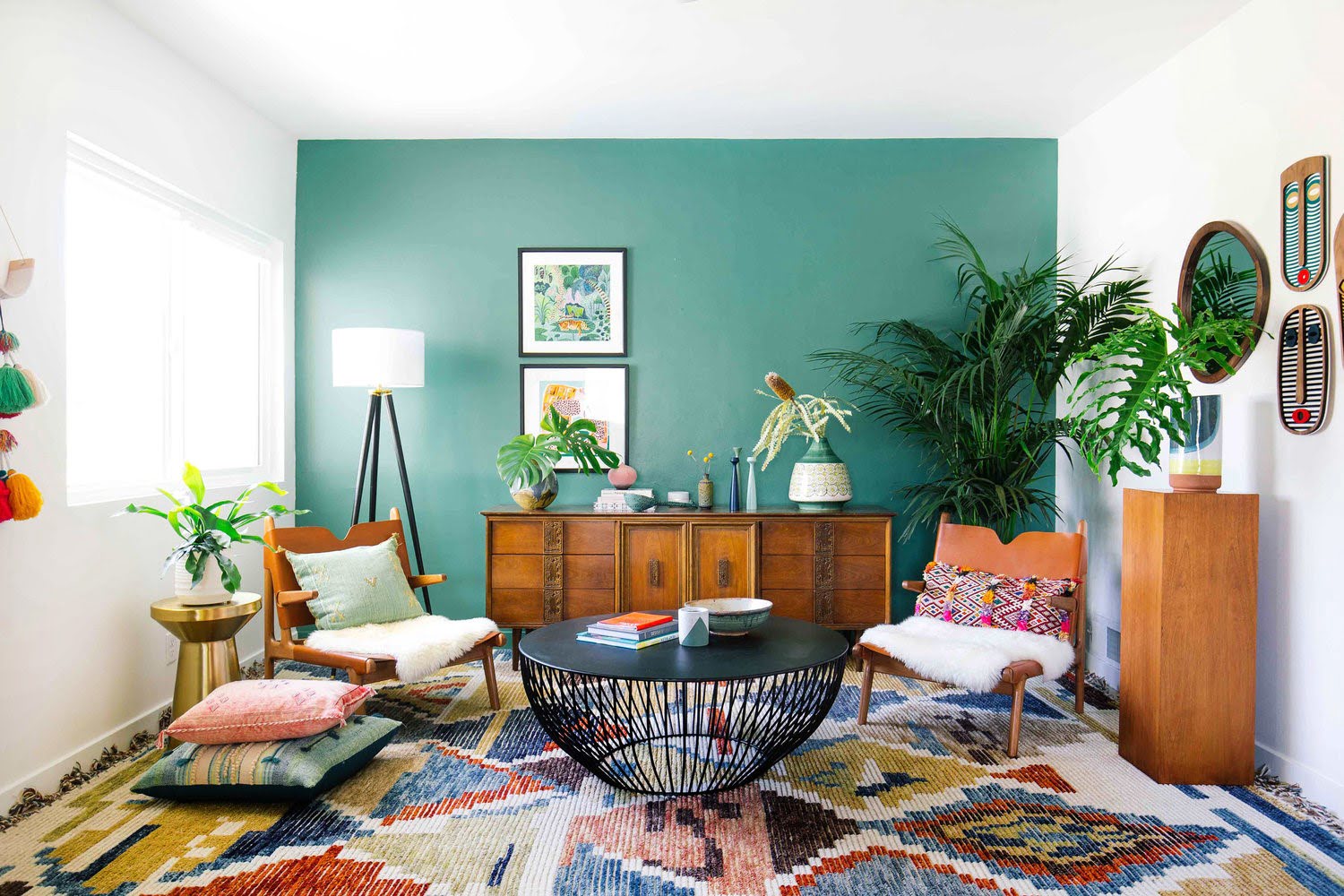
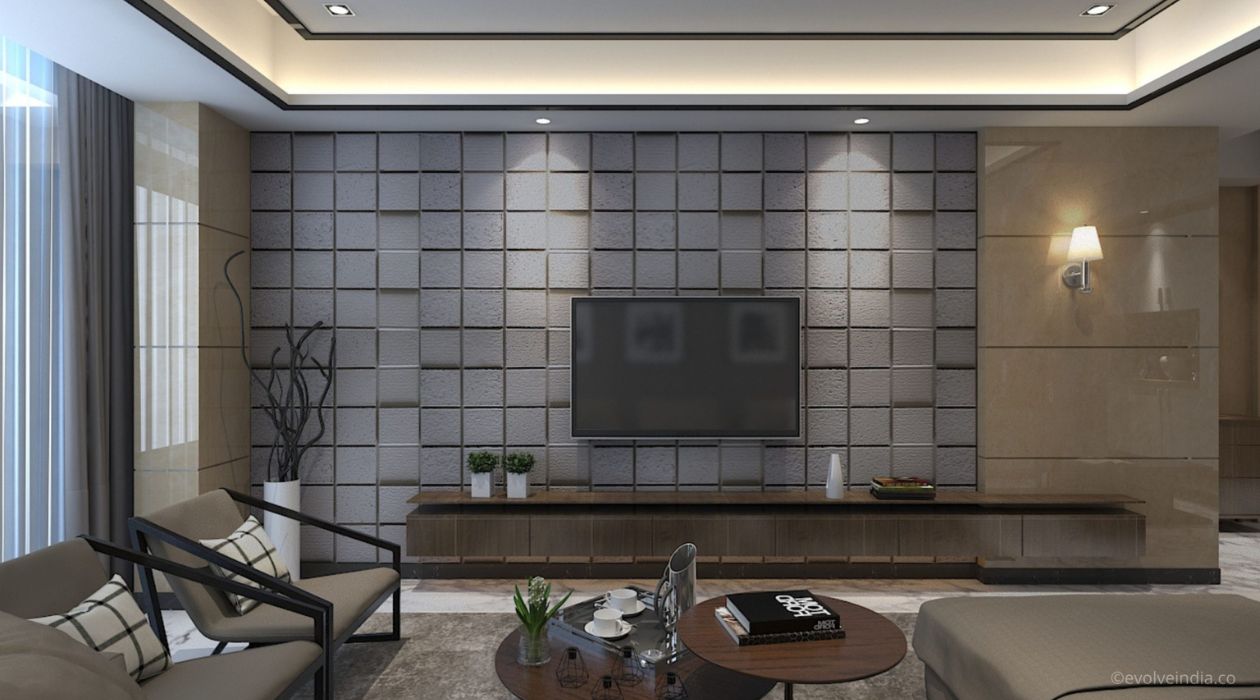
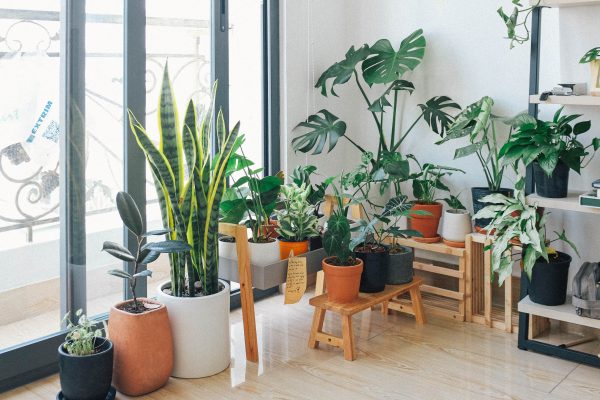

0 thoughts on “Living Wall Ideas: Creative Ways To Plant A Green Wall Garden”